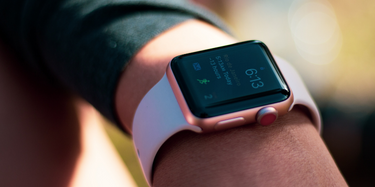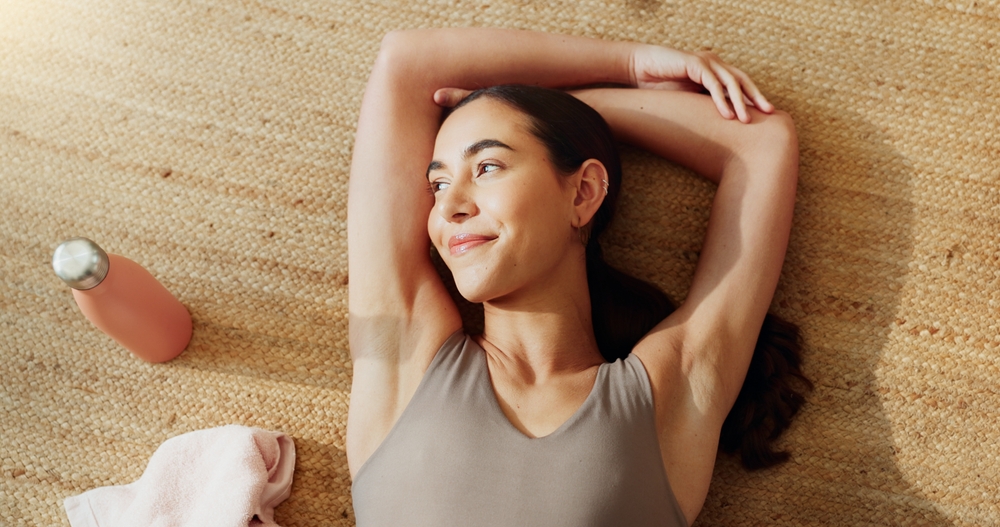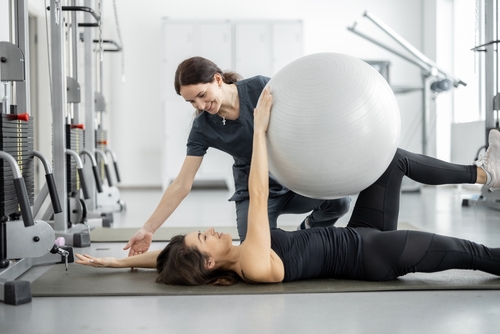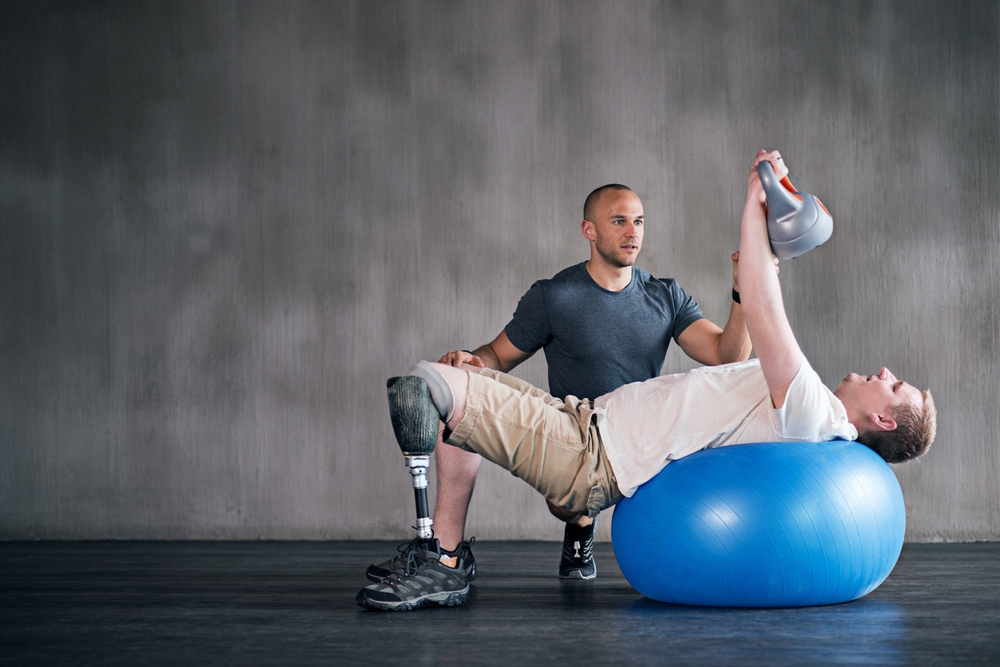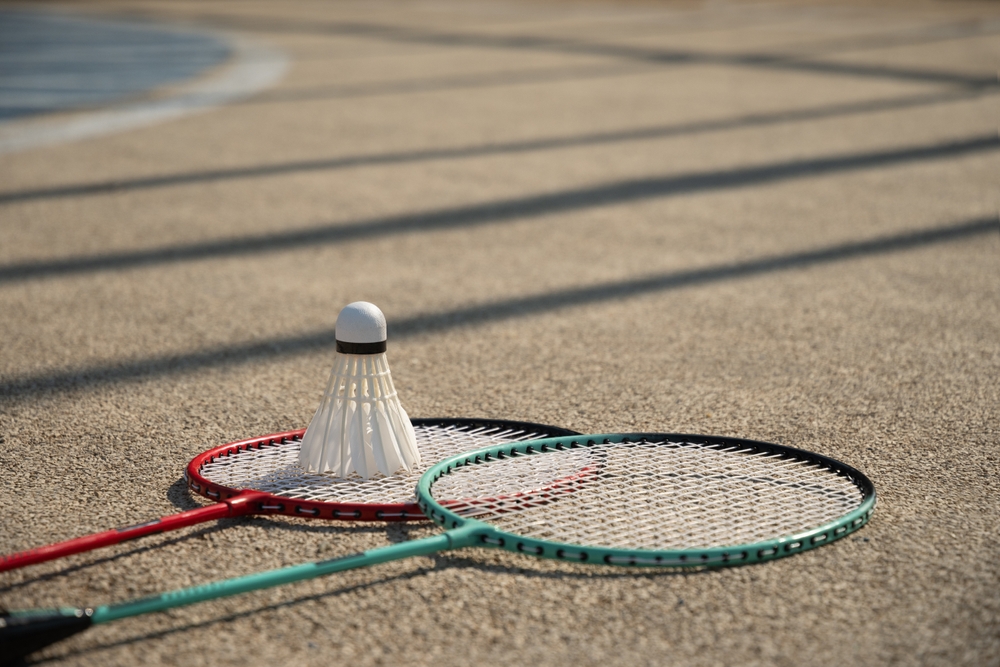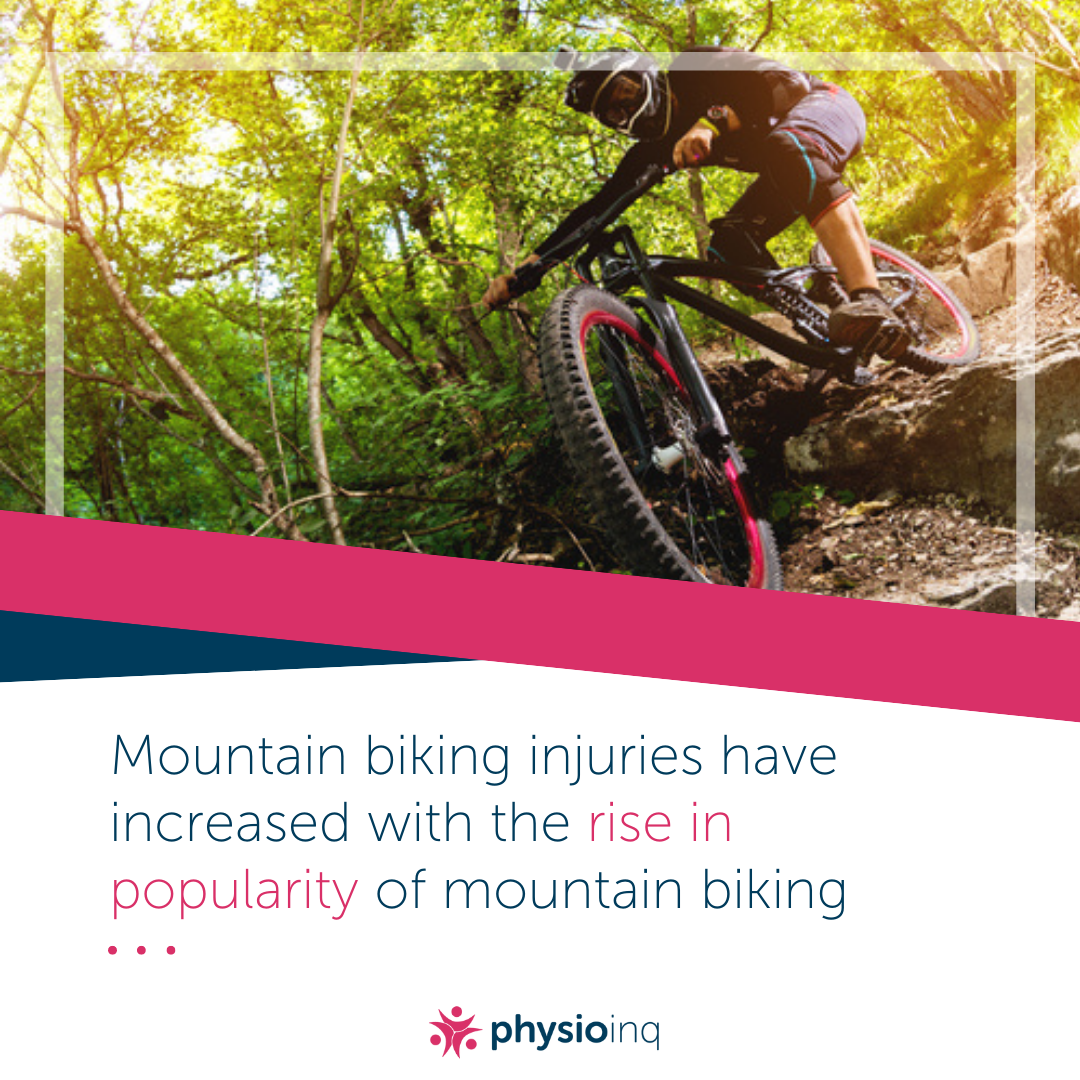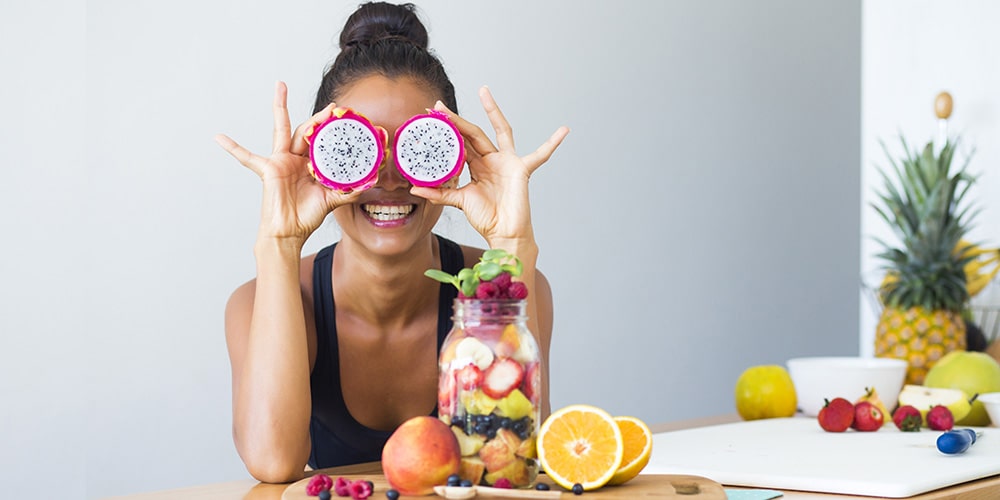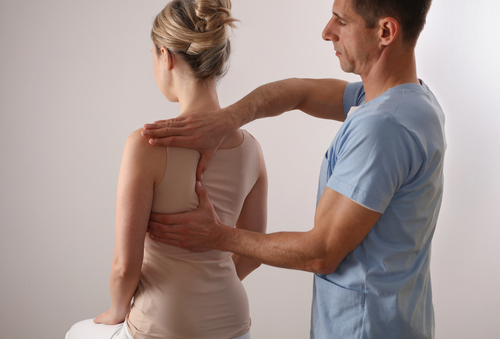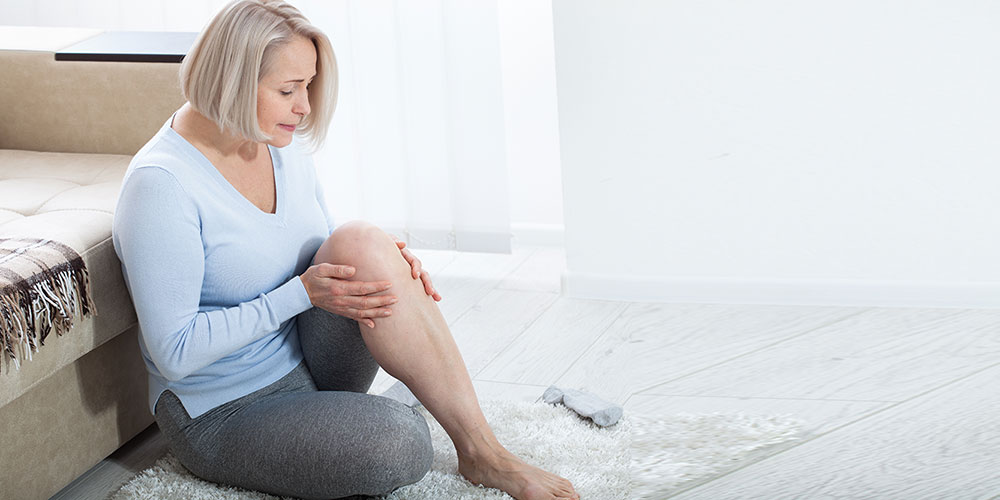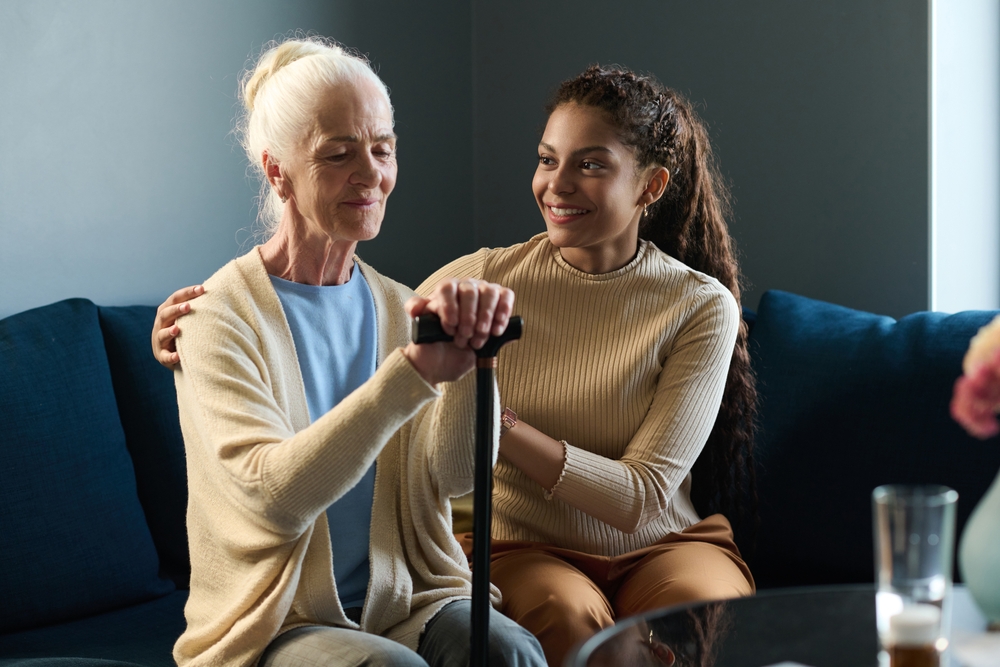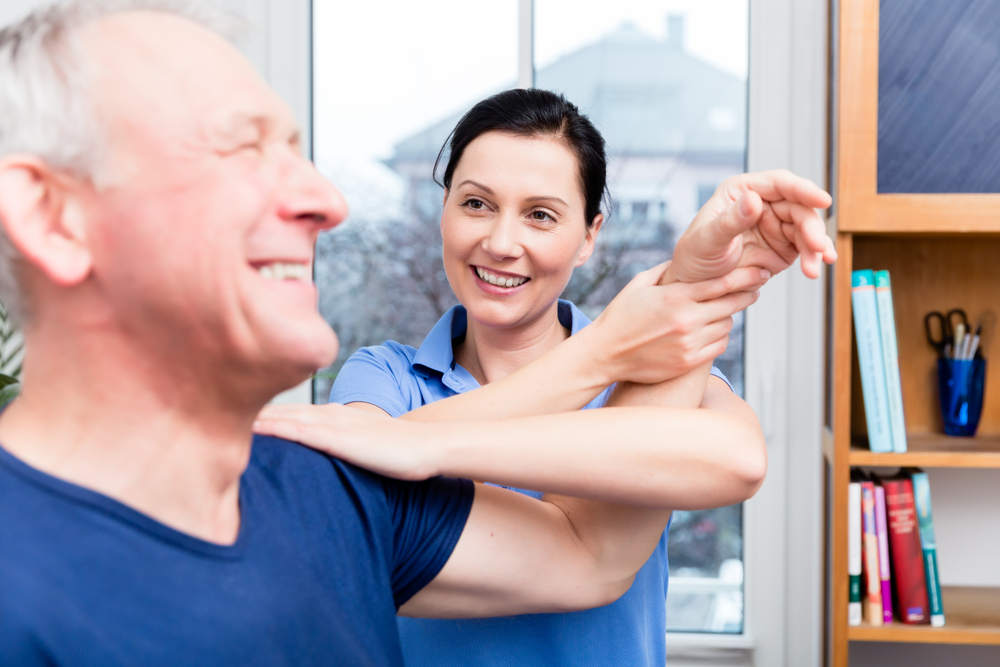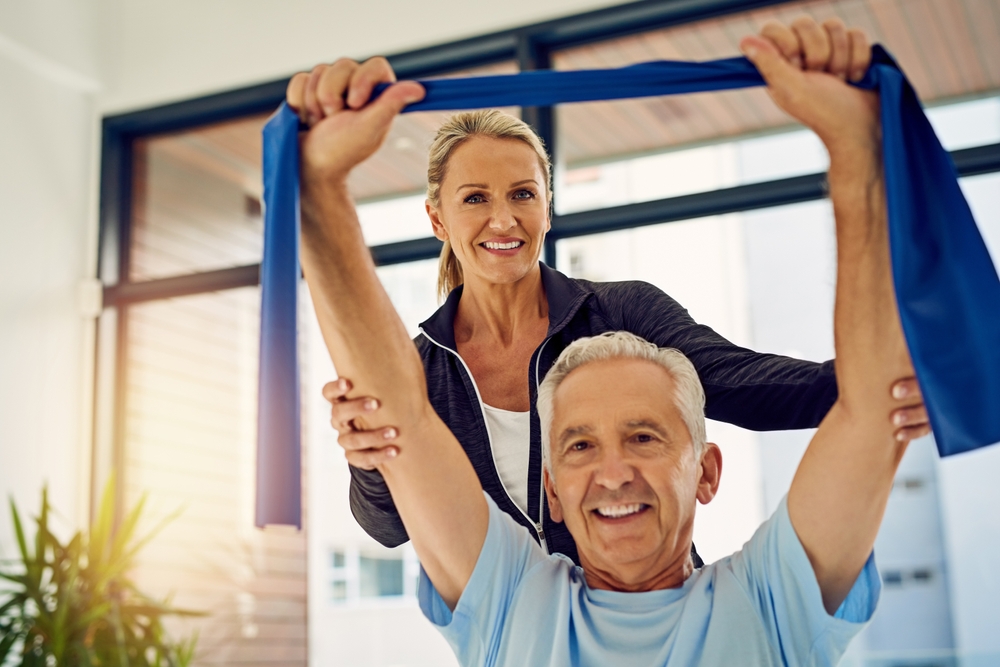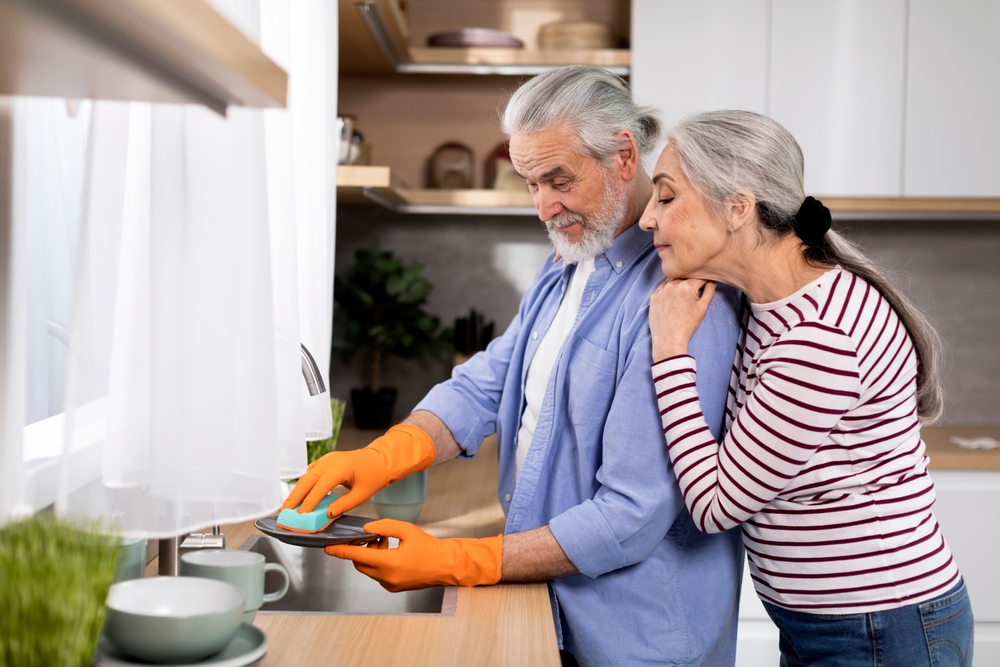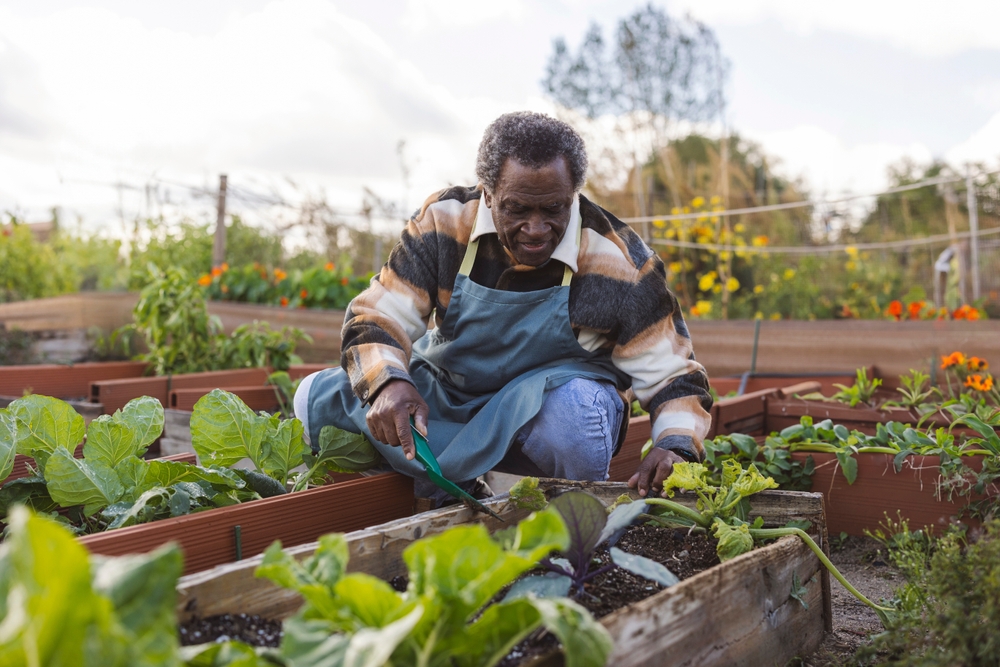Make an Appointment
4.74 million Australians over 50 have osteoporosis or poor bone health, osteoporosis or its forerunner, osteopenia. But it’s just recently that the aggrandizement of the internet has led to people turning epihanaous about their bone health. But rather getting knowledgeable about this health issue, women are turning all-worried and resorting to anything that they are finding helpful against osteoporosis. TV commercials, news and other drug promotions are making it difficult for women to keep track of things that are actually beneficial for their bones.
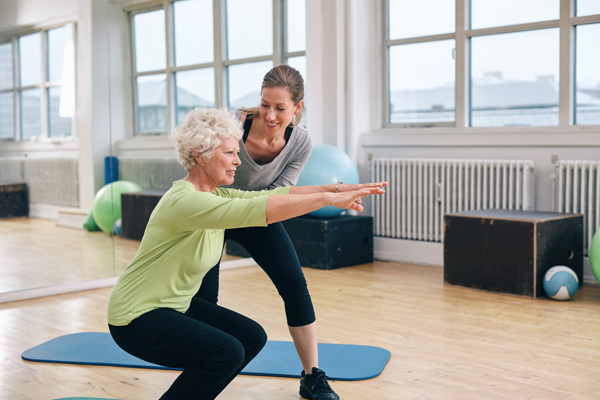
And while calcium and vitamin D is like some of the clinically-derived solutions for improving bone density, but we hardly know the controversies surrounding calcium and its benefits, and thus rely heavily on medication. With new studies surging on the real benefits of calcium, it seems like that clinical methodologies that we have been relying on since years for osteoporosis may not have many real benefits as presumed.
However, one mutually advocated solution for improving bone health is exercise. The strength benefits of exercise include building of stronger bones and improved reflexes and balance, thus preventing falls, a major reason for fractures during middle-age. In fact, in a study by the International Osteoporosis Foundation, around 60 percent of people who get their hip fractured aren’t able to walk independently even after a year. So the only way to move around without requiring any support is by improving your overall health and that includes staying strong, agile and upright even during later years of your life.
And if you are planning to get some gym membership, maybe, you need to look at what Pilates could do for your weak bones, backaches and even those love handles. In fact, Pilates has been gaining a very quick recognition for its varying health benefits and easy-to-perform moves. However, you have to be careful, not all Pilates are created equal. In fact, traditional Pilates involves moves that are not suitable for people with osteoporosis and osteopenia as per the 1984 study by Mayo Clinic that explains how flexing the spine as done under traditional Pilates could lead to vertebral fractures.
So even with so many risks, why Pilates is still famous and recommended?
- Well, the traditional Pilates works great for aligning hips, legs, pelvis, head and shoulders. Then, many Pilates exercises involve concentration and focus that improves your control and balance over your body, thus minimizing the risks of falling. There are few Pilates exercises that involve use of pelvis, lower back and core muscles, thus providing a stronger body all around.
But the question is: Should you avoid Pilates if you have poor bone health? Well, the answer is definitely a no. The traditional Pilates on a mat have its downsides, but with the contemporaneous techniques that use machines, it’s possible to execute Pilates without causing any harm to the vertebrae.
Moreover, all exercises that include the use of your hands, knees, side or stomach are also excellent solutions to improve your core strength. And lastly, if you are really looking forward to better control over your body, private Pilates classes could mean extra attention and better results.
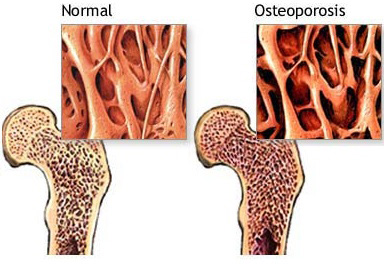
Date Published: Monday, April 10, 2017
Locate a Womens Health Physiotherapy
Service Near me
Get the experience & convinence you deserve to support your or a loved one's allied health needs.
Our Womens Health Physiotherapy team are currently serving & taking appointments in the following states and regions in Australia:
Need to get into direct contact with ur Client Services team? We're all ears. Call our team directly on 1300 731 733
